What are Boxing Games?
Boxing games are video games that simulate the sport of boxing. Players typically control a boxer and engage in matches against computer-controlled opponents or other players, either locally or online. Boxing games often include various features such as creating and customizing your own boxer, managing their career, and participating in tournaments or leagues.
Boxing games usually focus on the action inside the ring, emphasizing techniques like jabs, hooks, uppercuts, dodges, and blocks. They may also incorporate different game modes, such as career mode, exhibition matches, training minigames, and multiplayer modes.
Boxing games have a long history that can be traced back to the early days of video gaming:
Early arcade games: One of the earliest boxing video games was "Boxing" released in 1973 by Atari. It was a simple black-and-white arcade game where players controlled boxers represented by two white rectangles on the screen. Players had to time their punches to hit their opponent while avoiding getting hit themselves.
Home consoles: As home gaming consoles became more popular in the late 1970s and early 1980s, boxing games started appearing on platforms like the Atari 2600 and Intellivision. These games were still quite basic compared to modern standards but provided simple boxing gameplay for home audiences.
Modern era: In the 2000s and beyond, boxing games continued to evolve with improved graphics, physics, and gameplay mechanics. The "Fight Night" series by EA Sports, starting with "Fight Night 2004," introduced innovative controls and realistic graphics that set a new standard for boxing games.
Virtual Reality (VR): More recently, with the rise of virtual reality technology, boxing games have entered a new dimension. VR boxing games like "Creed: Rise to Glory" and "Thrill of the Fight" allow players to physically punch and dodge in a virtual environment, providing an even more immersive experience.
Special Characteristics of Boxing Games
No risk of actual injury: Boxing games offer a unique way to experience the physicality of the sport without the risk of actual injury. Players can throw punches, dodge, and weave their way through matches, feeling the intensity of each bout.
Competition: Whether playing against AI or other players, the competitive aspect of boxing games is a major draw. Players can test their skills and strategy against opponents, striving to outmaneuver and outpunch them to victory.
Realism: Many boxing games have lifelike animations. This immersion allows players to feel like they're in the ring, strategizing and reacting to their opponent's moves.
Character customization: Creating and customizing your own boxer adds a personal touch to the game. Players can design their ideal fighter, choosing everything from appearance to fighting style, and then guide them through their career.
Multiplayer competition: Boxing games often feature multiplayer modes where players can challenge friends or compete online against others from around the world. This adds an extra layer of excitement and variety to the gameplay experience.
Strategy: Successful boxing games require more than just button-mashing; they demand strategy and tactics. Players must learn to read their opponent, time their punches, manage stamina, and adapt their strategy on the fly.
Accessible gameplay: While boxing games can be deep and strategic, they often have simple controls that are easy for newcomers to pick up. This accessibility means that anyone can enjoy the thrill of a boxing match, regardless of their gaming experience.
Spectacle and excitement: Boxing games capture the excitement and spectacle of a live boxing match, with dramatic knockouts, close contests, and roaring crowds. This high-energy atmosphere keeps players engaged and entertained throughout each match.

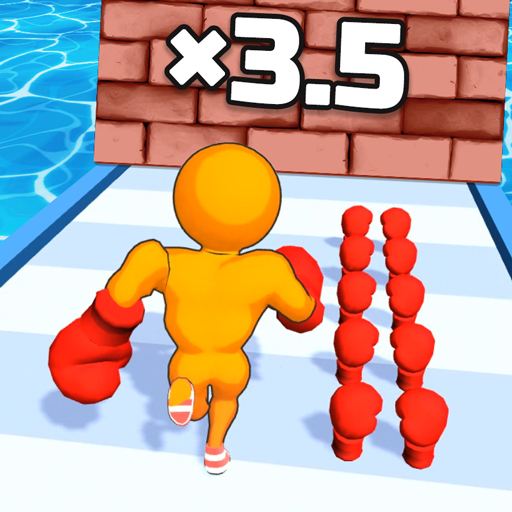
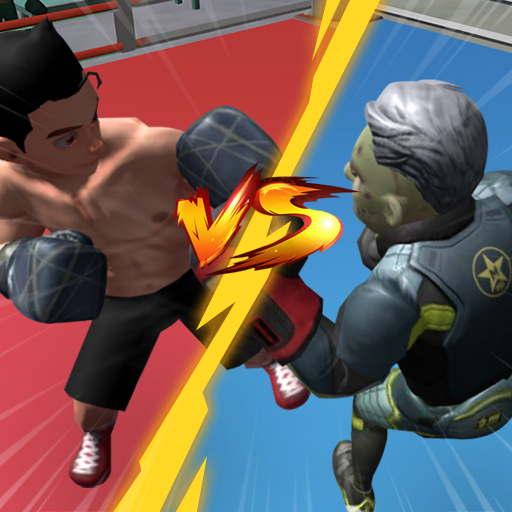








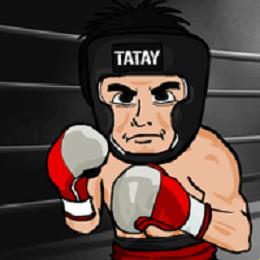
 Retro Games
Retro Games Connect 4 Games
Connect 4 Games Ball Games
Ball Games Bubble Shooter Games
Bubble Shooter Games Farm Games
Farm Games Word Games
Word Games Monster Truck Games
Monster Truck Games Money Movers Games
Money Movers Games Adam and Eve Games
Adam and Eve Games Story Games
Story Games Armor Games
Armor Games Parkour Games
Parkour Games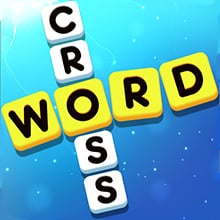 Crossword Puzzle Games
Crossword Puzzle Games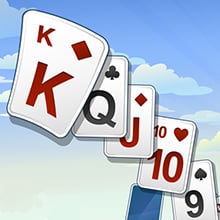 Solitaire Games
Solitaire Games Cat Games
Cat Games